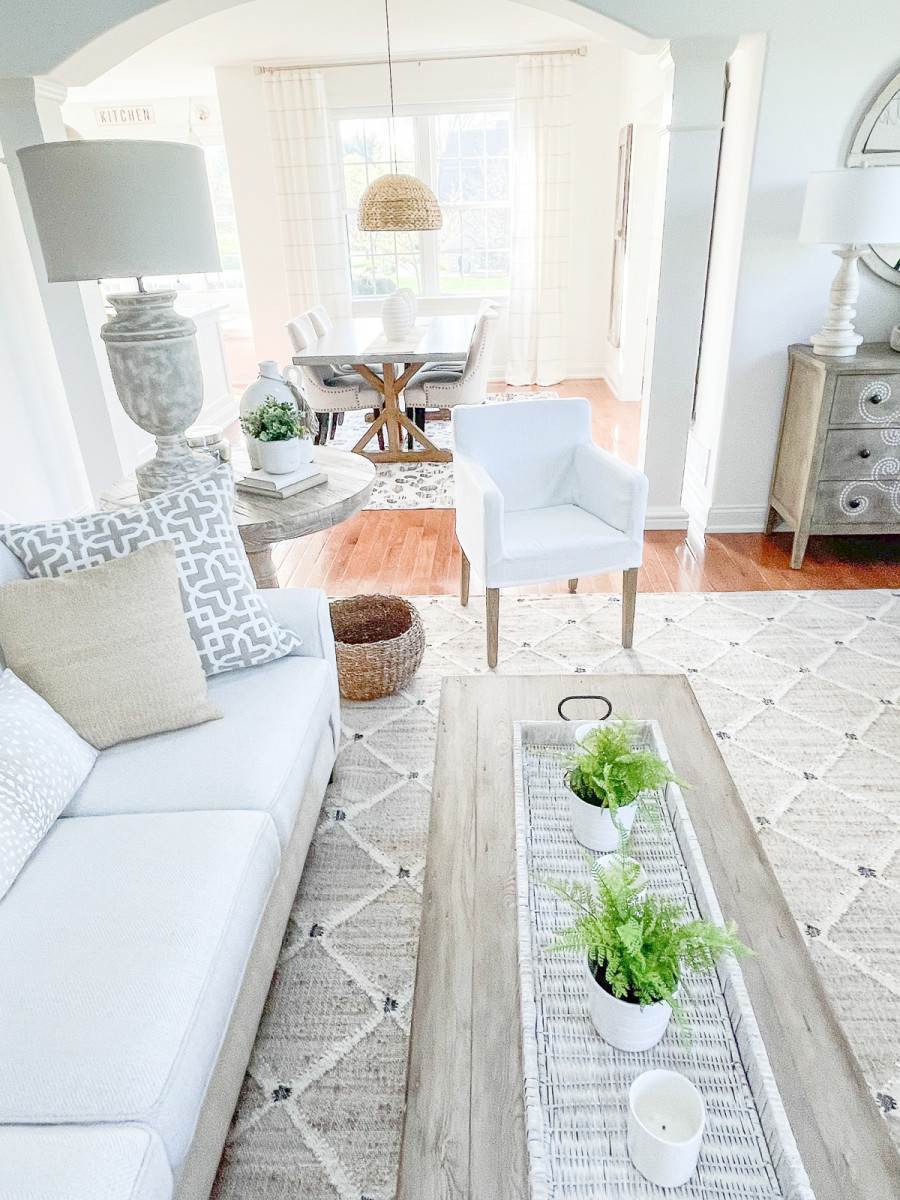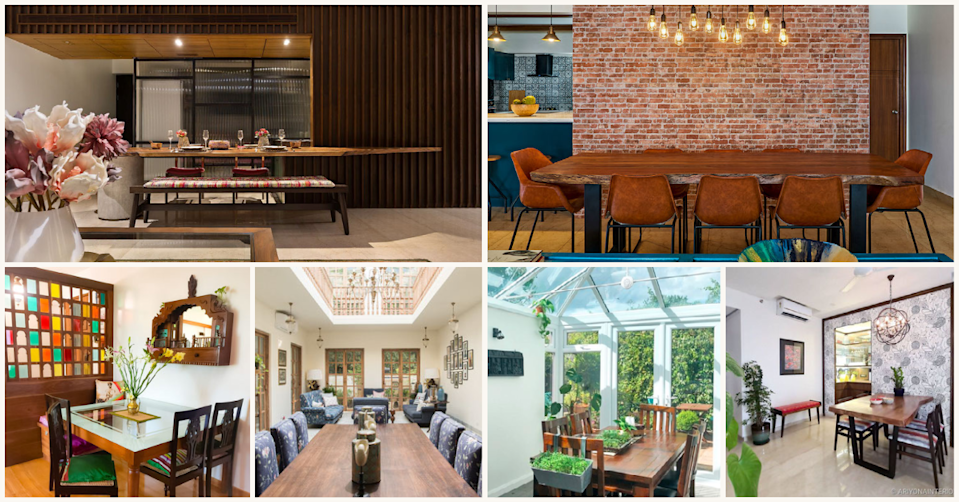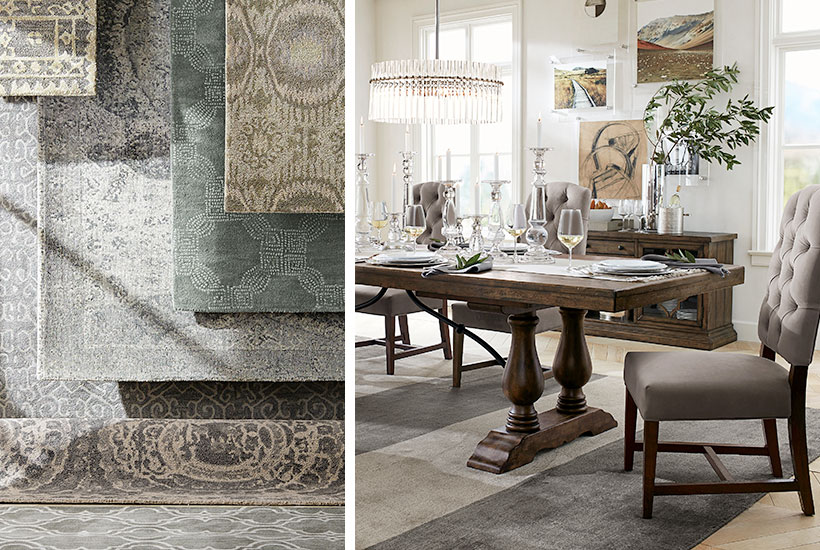When it comes to decorating our homes, we often want a cohesive and harmonious look throughout all of our rooms. This is especially true for the main gathering spaces in our homes – the dining room and living room. One way to achieve this is by choosing matching rugs for these two rooms. Not only will this create a sense of continuity, but it can also tie the two spaces together and make them feel like one cohesive area. So, let's explore some ideas and inspiration for matching dining room and living room rugs.Matching Dining Room and Living Room Rugs: Ideas and Inspiration
Before diving into specific ideas, it's important to understand how to choose the perfect rug for your dining room and living room. First, consider the style and decor of your home. Are you going for a modern, minimalistic look or do you prefer a more traditional and cozy feel? This will help guide your choice in rugs. Next, think about the size of your rooms. You want to ensure that the rug is the right size for the space. A rug that is too small can make the room feel disjointed, while a rug that is too large can overwhelm the space. Finally, consider the colors and patterns in your rooms. You want the rugs to complement each other and not clash. We'll discuss this in more detail later on.How to Choose the Perfect Rug for Your Dining Room and Living Room
Now, let's get into some specific tips for coordinating dining room and living room rugs. One idea is to choose rugs that have a similar color palette, but different patterns. For example, if your living room rug has a geometric pattern, opt for a dining room rug with a more organic and abstract design in similar colors. Another tip is to choose rugs with similar textures. This will create a cohesive look and add depth to your rooms. For example, if your living room rug is a plush shag, consider a dining room rug with a similar texture, such as a soft wool or faux fur. You can also mix and match by choosing a solid color rug for one room and a patterned rug for the other. Just be sure to choose colors that complement each other and tie the two rooms together.Tips for Coordinating Dining Room and Living Room Rugs
Matching dining room and living room rugs can create a cohesive look and make your home feel more put together. This is especially useful for open floor plans where the two rooms blend into each other. By using matching rugs, you can define each space while still maintaining a sense of flow. For example, if your living room and dining room are connected, you can use a large area rug to anchor your living room furniture and a smaller coordinating rug to define your dining area. This will create a seamless transition between the two spaces.Creating a Cohesive Look: Matching Dining Room and Living Room Rugs
While matching dining room and living room rugs can be a great way to tie your home together, there are some dos and don'ts to keep in mind. Do choose rugs with similar colors, textures, and sizes, as mentioned before. Don't be afraid to mix and match different rug styles, but do make sure they complement each other. Don't choose rugs that are too similar, as this can create a monotonous and uninteresting look. Do consider the function of each room when choosing rugs. For example, a dining room rug may need to be more durable and easy to clean, while a living room rug can be more plush and cozy.The Dos and Don'ts of Matching Dining Room and Living Room Rugs
As mentioned before, choosing the right size rug is crucial for creating a cohesive look in your dining room and living room. In general, your rug should be large enough to fit all of your furniture on top of it. This will help anchor the room and make it feel more put together. In the dining room, you want your rug to be big enough for your dining table and chairs to fit comfortably on top. In the living room, your rug should be large enough for your sofa and other furniture to sit on top without feeling cramped.Choosing the Right Size Rug for Your Dining Room and Living Room
If you're feeling more adventurous, you can mix and match different rugs in your dining room and living room. This can add visual interest and create a unique look in your home. However, it's important to still follow some guidelines to ensure a cohesive look. One idea is to choose rugs with complementary colors and patterns. For example, if your living room rug is a solid blue, choose a dining room rug with a blue and white geometric pattern. This will tie the two spaces together while still adding some variety. You can also mix different textures, such as a flatweave rug in the dining room and a plush rug in the living room. This will add depth and dimension to your spaces.Mixing and Matching: Using Different Rugs in Your Dining Room and Living Room
Incorporating patterns and colors in matching dining room and living room rugs can be a bit tricky, but with the right approach, it can create a stunning and cohesive look. One idea is to choose one main color and incorporate it in both rugs, but in different patterns. For example, if your living room rug has a large floral pattern in shades of blue, choose a smaller dining room rug with a more subtle blue and white stripe. This will create a cohesive color scheme while adding interest and variety. Another idea is to choose complementary colors for your two rugs. For example, if your dining room rug is a bold red, choose a living room rug in a muted shade of blue. This will create a balanced and harmonious look.How to Incorporate Patterns and Colors in Matching Dining Room and Living Room Rugs
To get a better understanding of matching dining room and living room rugs, let's hear from a designer's perspective. According to interior designer, Sarah Barnard, "Matching rugs can be a great way to create a cohesive look in your home. When choosing rugs, think about the overall color scheme and choose complementary colors and patterns." She also suggests using different textures to add depth and interest to your spaces. "Mixing a flatweave rug in one room with a plush rug in another can add dimension and make your home feel more inviting," says Barnard.Coordinating Dining Room and Living Room Rugs: A Designer's Perspective
Last but not least, let's talk about the importance of texture in matching dining room and living room rugs. As mentioned before, using different textures can add depth and interest to your spaces. But it's also important to consider the function of each room when choosing textures. In high-traffic areas like the dining room, you may want to choose a rug with a more durable and easy-to-clean texture, such as a flatweave or low-pile rug. In the living room, where you want a cozy and comfortable feel, you can opt for a softer and plush rug.The Importance of Texture in Matching Dining Room and Living Room Rugs
The Importance of Cohesive Design in Your Home

Creating a Harmonious Flow Between Your Dining Room and Living Room
 When it comes to designing your home, it's important to think about the overall flow and cohesion of each room. One common question that homeowners have is whether their
dining room area rug
should match their
living room
. The answer to this question ultimately depends on the style and aesthetic you are trying to achieve, but there are a few things to consider when making this decision.
When it comes to designing your home, it's important to think about the overall flow and cohesion of each room. One common question that homeowners have is whether their
dining room area rug
should match their
living room
. The answer to this question ultimately depends on the style and aesthetic you are trying to achieve, but there are a few things to consider when making this decision.
Consider the Overall Theme and Color Scheme
 The first thing to consider when deciding if your dining room area rug should match your living room is the overall theme and color scheme of your home. If you have an open floor plan, it's important to have a cohesive color palette throughout your main living spaces. This doesn't necessarily mean that your
area rugs
need to match exactly, but they should complement each other and tie in with the overall design of the room.
If your dining room and living room have different themes or color schemes, then it may be best to choose
area rugs
that are complementary rather than matching. For example, if your living room has a neutral color scheme, you could choose a
dining room area rug
with pops of color to add some visual interest and tie the two spaces together.
The first thing to consider when deciding if your dining room area rug should match your living room is the overall theme and color scheme of your home. If you have an open floor plan, it's important to have a cohesive color palette throughout your main living spaces. This doesn't necessarily mean that your
area rugs
need to match exactly, but they should complement each other and tie in with the overall design of the room.
If your dining room and living room have different themes or color schemes, then it may be best to choose
area rugs
that are complementary rather than matching. For example, if your living room has a neutral color scheme, you could choose a
dining room area rug
with pops of color to add some visual interest and tie the two spaces together.
Think About the Functionality of Each Space
 Another important factor to consider is the functionality of each space. Your dining room and living room likely serve different purposes, so it's important to choose
area rugs
that are appropriate for each room. For example, a plush and cozy
area rug
may be perfect for your living room where you spend a lot of time relaxing, but it may not be the best choice for a dining room where spills are more likely to occur.
When choosing
area rugs
, consider the level of foot traffic, the potential for spills, and the overall atmosphere you want to create in each room.
Another important factor to consider is the functionality of each space. Your dining room and living room likely serve different purposes, so it's important to choose
area rugs
that are appropriate for each room. For example, a plush and cozy
area rug
may be perfect for your living room where you spend a lot of time relaxing, but it may not be the best choice for a dining room where spills are more likely to occur.
When choosing
area rugs
, consider the level of foot traffic, the potential for spills, and the overall atmosphere you want to create in each room.
Don't Be Afraid to Mix and Match
 In the end, there are no hard and fast rules when it comes to designing your home. Don't be afraid to mix and match
area rugs
in your dining room and living room. As long as they complement each other and tie in with the overall design of your home, you can create a cohesive and visually appealing space.
In fact, mixing and matching
area rugs
can add a unique and personal touch to your home. You could choose
area rugs
with different patterns, textures, or colors to add some visual interest and create a one-of-a-kind look.
In the end, there are no hard and fast rules when it comes to designing your home. Don't be afraid to mix and match
area rugs
in your dining room and living room. As long as they complement each other and tie in with the overall design of your home, you can create a cohesive and visually appealing space.
In fact, mixing and matching
area rugs
can add a unique and personal touch to your home. You could choose
area rugs
with different patterns, textures, or colors to add some visual interest and create a one-of-a-kind look.
Conclusion
 In conclusion, whether your dining room area rug should match your living room ultimately depends on your personal style and the overall design of your home. Consider the theme, color scheme, and functionality of each space when making this decision, and don't be afraid to mix and match
area rugs
to create a cohesive and visually appealing look. With these tips in mind, you can create a harmonious flow between your dining room and living room, making your home a welcoming and well-designed space.
In conclusion, whether your dining room area rug should match your living room ultimately depends on your personal style and the overall design of your home. Consider the theme, color scheme, and functionality of each space when making this decision, and don't be afraid to mix and match
area rugs
to create a cohesive and visually appealing look. With these tips in mind, you can create a harmonious flow between your dining room and living room, making your home a welcoming and well-designed space.






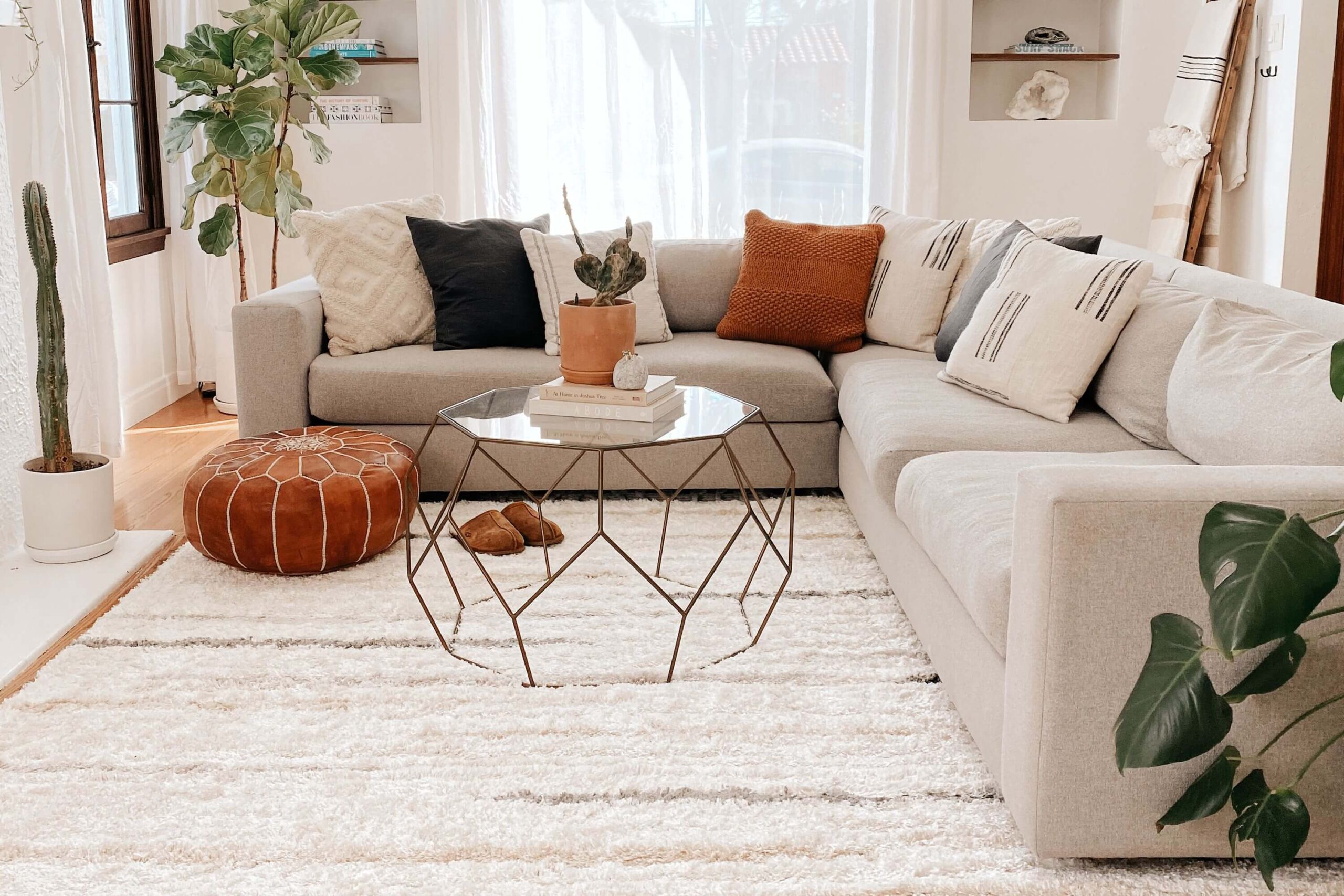


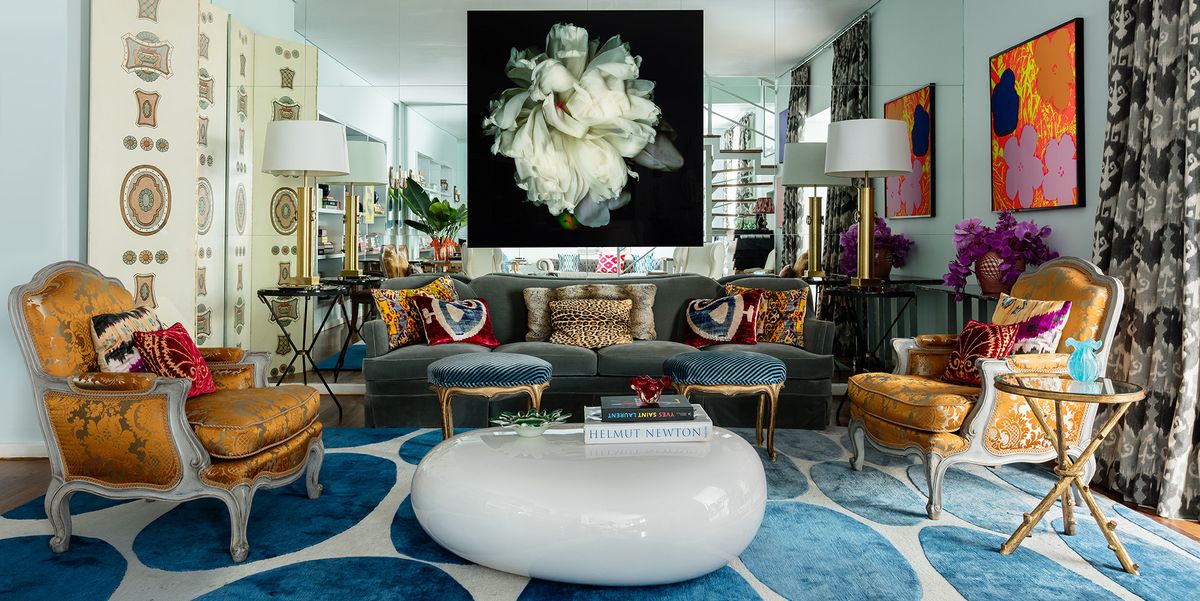





/choose-dining-room-rug-1391112-hero-4206622634654a6287cc0aff928c1fa1.jpg)














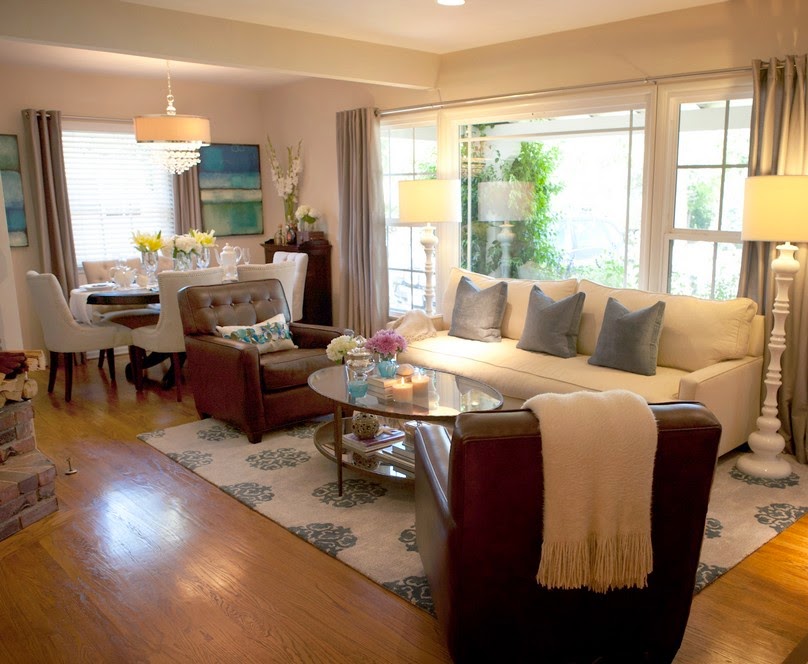







/orestudios_laurelhurst_tudor_03-1-652df94cec7445629a927eaf91991aad.jpg)


















